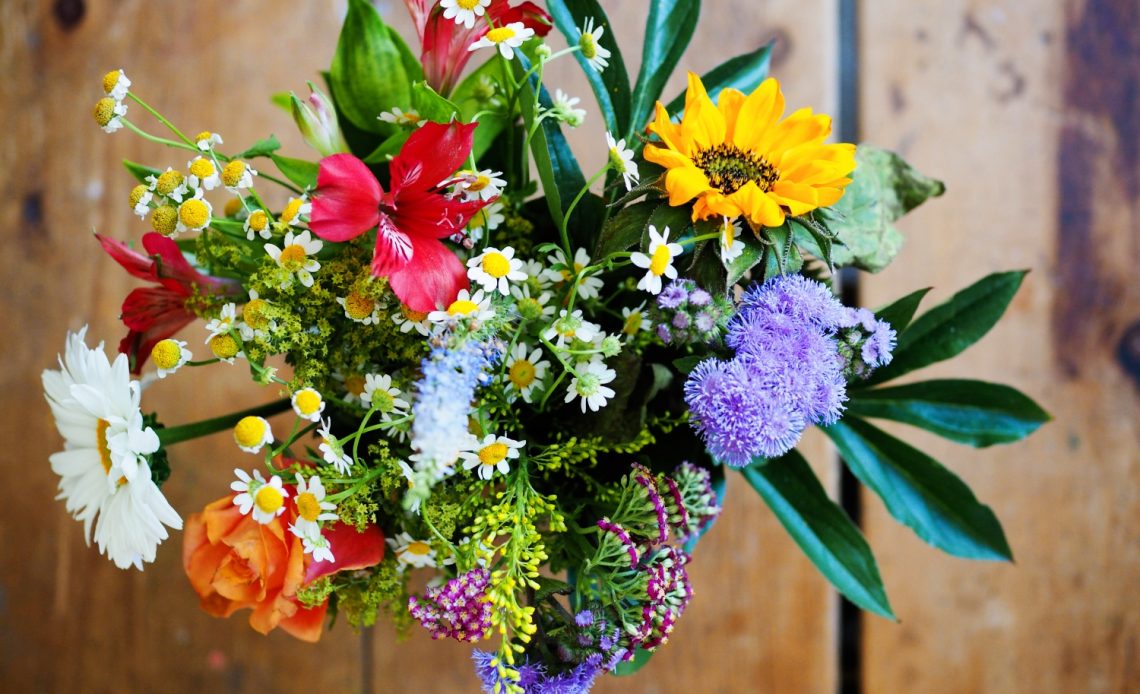

We’re here to help! Wild Yards is a completely free website that is 100% dedicated to helping you create a wildlife-friendly, sustainable yard. Read more
WildYards is reader-supported. When you buy a product through a link on our site, we may earn a comission. Every product is independently selected by our (obsessive) editors and our reviews are unbiased and objective. Read more about our mission or our privacy policy.
Flowers play an important role not just on special occasions, but also in our everyday life. They add color, meaning, and beauty to any moment. Maybe you’re planning your wedding and you want to save your bouquet to enjoy after the ceremony. Or, maybe you have a vacation scheduled and no one around to take care of your plants while you’re away. Whatever special plans you have in mind, you’re probably wondering, “how long can flowers go without water?”
The flowers growing out in your garden can go 1 to 2 weeks without water, while cut flowers can last anywhere from 8 hours to 5 days without water. How much water your flowers need depends on a variety of factors, including the flower’s species, temperature, and humidity.
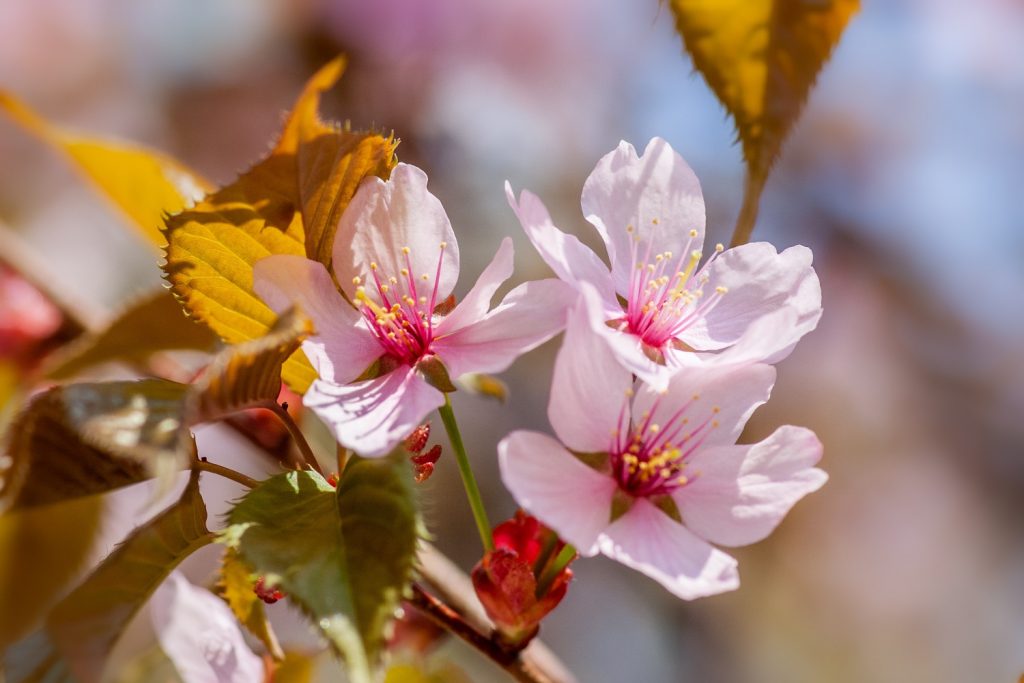
How long can the flowers out in your garden go without water?
If you’re going away on a vacation or a business trip and there’s no rain in the forecast while you’ll be away, then you may be wondering how long your flowers can go without water. Generally speaking, flowers can survive 1 or 2 weeks without water, but this is just a rule of thumb. Some flowers, like rosemary, French lavender, and cactus can survive long periods without a drop of water, while other flowers, like mint and basil, need to be watered several times per week to survive. Ultimately, how much water the flowers in your garden will need depends on several factors.
Soil conditions play a huge part in determining how long the flowers in your garden can go without water. Loamy soil that is comprised of 20% to 30% organic matter is loose enough to allow excess water to drain, yet spongy enough to maintain an ideal level of moisture for most flowers. It’s also worth noting that the bigger and more established your plants are, the longer they can survive without being watered. Since potassium plays such an integral role in a plant’s drought tolerance, fertilizing your plants annually can further improve their ability to survive without water.
Temperature and humidity can influence the lifespan of your flowers as well. High temperatures coupled with arid conditions can quickly drain your flowers of the moisture they need to survive. But mild temperatures between 60 and 70 degrees Fahrenheit, especially when accompanied by moderate humidity, can prolong their lives.
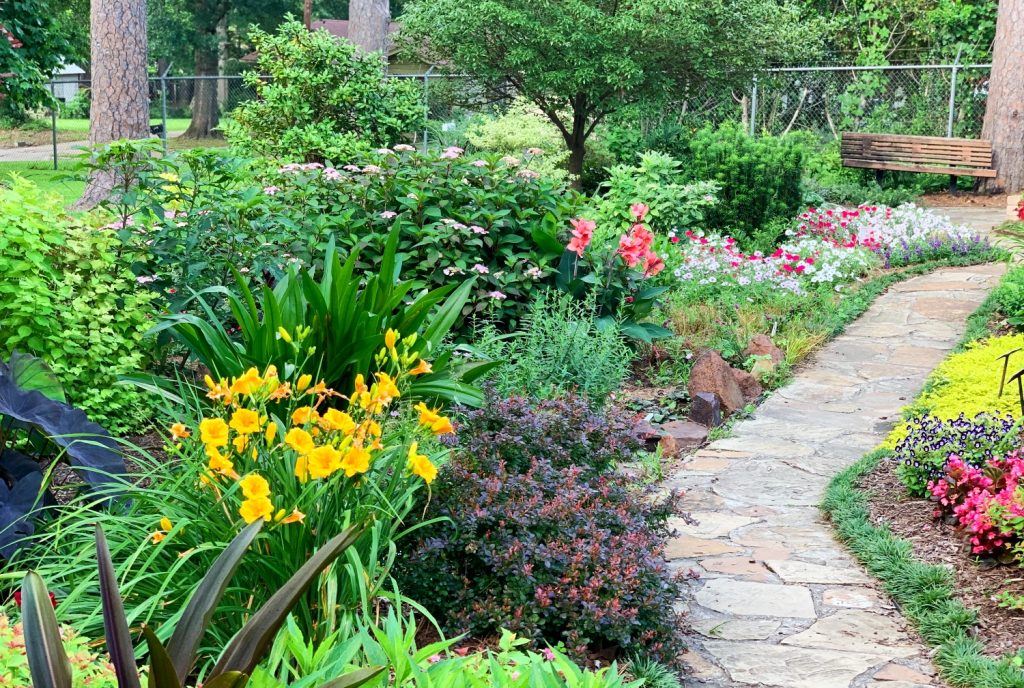
How long can cut flowers go without water?
Cut flowers can usually go without water for 8 hours before they die, although some will begin wilting much sooner. Wrapping a wet paper towel around the cut end of the stems can provide bouquets with enough hydration to survive for up to 5 days. Of course, some cut flowers naturally last longer than others. Carnations, gladiolas, and chrysanthemums are hardy flowers that can easily survive long periods. But more delicate blooms, like hydrangeas and poppies, wilt quickly, even when placed in water immediately after they’ve been cut.
The climate also plays a role in how long your bouquet will last. Hot, dry conditions cause cut flowers to lose moisture rapidly, so they die quickly. Conversely, cool, humid weather preserves cut flowers for much longer. This is why florists store their flowers in a freezer — some of them can last for weeks in there!
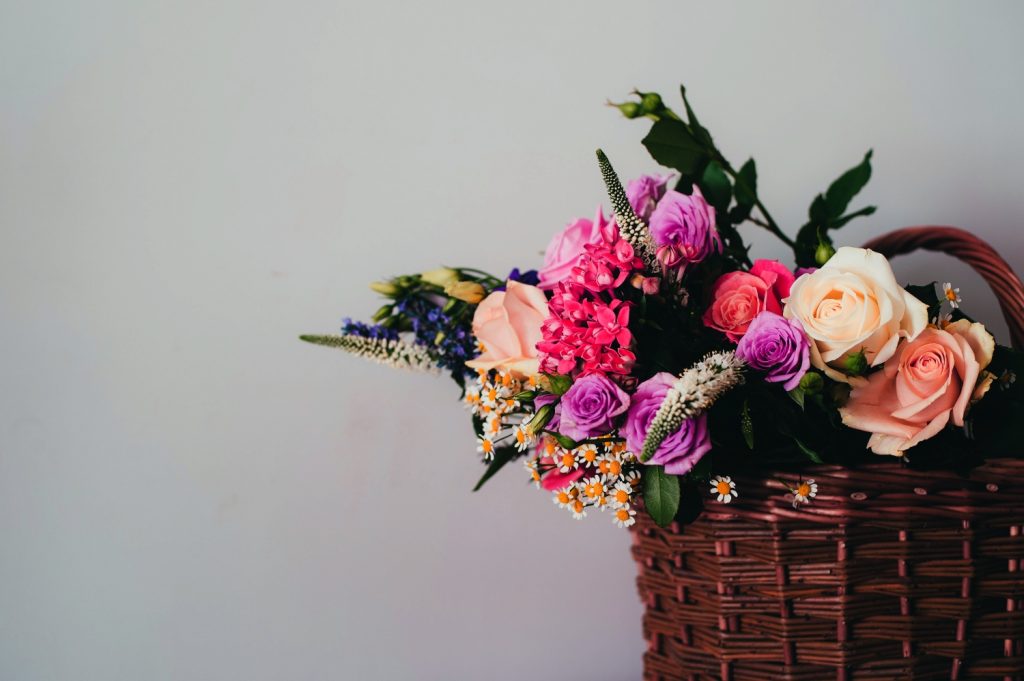
Which cut flowers last the longest?
Some flower species naturally bloom for long periods of time, while others seem to wilt within a day or so. If you’re looking for flowers to dress up your landscape or to decorate a wedding venue, knowing how long some blooms will last can help you make your decision. Here’s how long a few popular flowers tend to survive after they’ve been cut.
- 1 to 3 days — Gardenias, Lilacs, Irises, Gerbera Daisies.
- 3 to 5 days — Daffodils, Tulips, Sweet peas, Salvias, Cornflowers, Peonies.
- 5 to 7 days — Snapdragons, Anemone, Dahlias, Cosmos, Delphiniums, Freesias, Gladioulas, Chinese Asters.
- 7 to 14 days — Roses, Marigolds, Orchids, Chrysanthemums, Nasturtiums, Mint, Carnations, Zinnias, Strawflowers, Dianthus, Yarrow, Sunflowers.
By choosing flowers that last longer naturally, you can ensure your cut flower arrangements survive for long periods. These flowers also tend to survive for long periods when left on the plant, so choosing flowers that last for days at a time is a great way to make sure your landscape is filled with vibrant colors.
How can you make the flowers growing in your garden last longer?
For flowers growing out in your garden, the best way to ensure they last a long time is to meet all of their growing requirements. Make sure they receive enough sunlight, but not too much as this can stress the plant. Amend their soil to suit their specific needs, altering the pH as necessary. And space the plants far enough apart that they don’t have to compete with each other for nutrients and other resources.
If you find that your native soil is drying out a bit too quickly in between waterings, then consider applying a layer of mulch to help seal in moisture. Wood chips, straw, leaves, and lawn clippings protect the soil from the sun’s harsh rays, which doesn’t just help your flowers stay hydrated, but also helps their roots stay cooler. The added moisture and mild soil temperature will help keep your plants comfortable, resulting in a longer blooming period.
We also recommend fertilizing your flowers regularly. Whether you choose to give them organic plant foods like compost, manure, or kelp meal, or whether you opt to give them a synthetic N-P-K fertilizer, like 13-13-13, is entirely up to you. Just be sure to test the soil in the spring, summer, and fall and give the plants a balanced fertilizer as needed. Making sure your plants have plenty of vitamins and minerals at their disposal can also prolong their blooming period and help their flowers last longer.
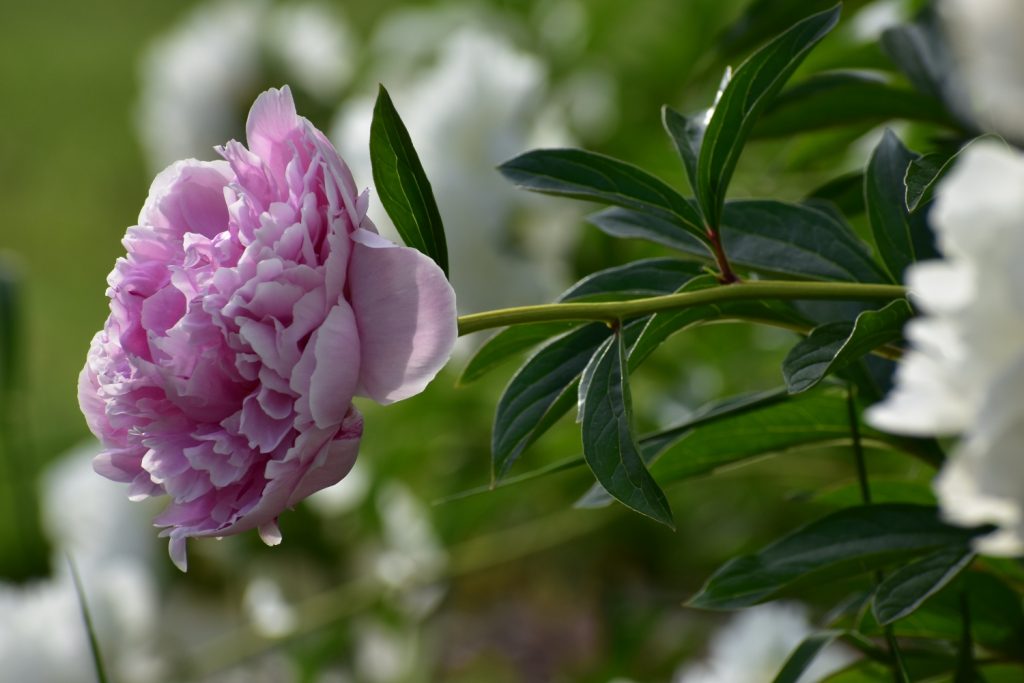
When and how should you harvest flowers?
Since flowers produce nectar overnight, for best results, you should harvest them first thing in the morning. Choose flowers that have yet to bloom or that have just started to bloom. These flowers also tend to have a higher concentration of nectar. Once the flowers are cut, they’ll rely on the nectar to keep them hydrated and provide them with some nutrition. Nectar-rich new flowers also tend to have a stronger fragrance than more mature blossoms.
If you’re harvesting flowers from shrubs that produce woody growth, like salvias or hydrangeas, avoid cutting into the woody growth itself. It’s typically very difficult for plants to regenerate this type of growth since it’s mature. Choose flowers with tender green stems, instead, so the plant can easily keep growing.
Once the flower has been trimmed away from the plant, remove the lower leaves. Strip the foliage away leaving 3 to 6 inches of bare stem. Removing the leaves allows the flower to focus on supporting the blossom, rather than the foliage. This helps prolong the life of the flower, even without water.
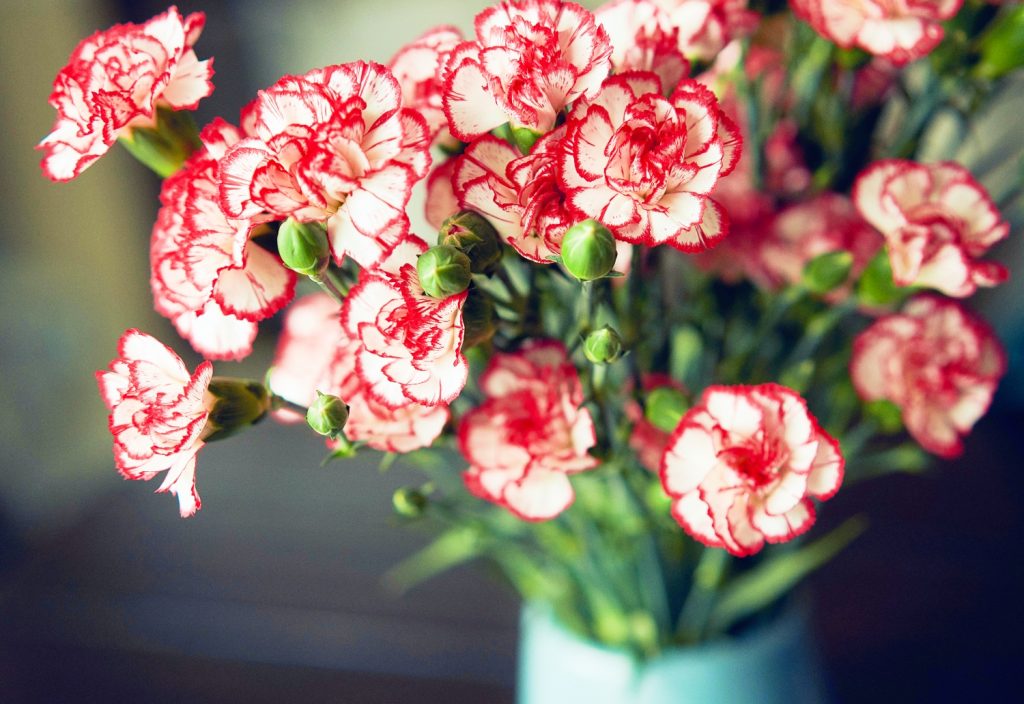
How can you make cut flowers last longer?
Once you’ve gathered your flowers, trim each blossom’s stem at a 45-degree angle. This increases the surface area of the stem, so the flower can soak up more water. If you can’t place the flowers in a vase filled with water right away, then wrap a wet paper towel around the cut ends to help them retain moisture. Use a rubber band or plastic sandwich bag to keep the paper towel in place. The sooner you can place the flowers in water, the better, even if you can only store them in a cup of water for a little while until you get them in a vase.
When plants photosynthesize, they use the sunlight, carbon dioxide, water, and minerals they receive to produce glucose, which they use for energy. Since plants rely on sugars to survive, adding some to your bouquet’s water will enable the flowers to last much longer. Mix 2 tablespoons of lemon juice, 1 tablespoon of white sugar, and ½ teaspoon of bleach into 1 quart of water. This artificial plant food keeps the water at an appropriate pH while also preventing bacteria, which helps your flowers last much longer. Be sure to change out the water every day or every other day to keep it fresh.
Remove dying petals regularly so the flowers don’t waste energy trying to keep them alive. Make sure that no leaves are sitting below the waterline, since decaying leaves can contaminate the water with bacteria and shorten the flowers’ lifespan. Recut the stems every second or third day to help them absorb more water. Use sharp scissors or a knife to trim the stems cleanly. Dull blades can damage the stems and lead to scarring, which prevents the flowers from soaking up water properly.
Does where you place your flowers impact how long they survive?
Interestingly, yes, it does! Ideally, you should place your cut flowers in a spot where they can receive indirect sunlight. As with the flowers that are growing out in your garden, cut flower arrangements dry out much more quickly when placed in full sun. So keeping your bouquets out of the windowsill will help preserve them. Try situating them on a tabletop in the center of a sunny room, instead — the dining table in your kitchen, or the coffee table in your living room, for instance.
You should also avoid keeping your cut flowers next to fruit. As the apples and lemons you picked up from the local farmer’s market ripen, they release ethylene gas, which can negatively impact your floral arrangements. Once a flower has been pollinated, the plant will begin to produce ethylene as its focus shifts from flowering to fruiting. The increase in ethylene causes the flowers to wilt and drop off. When your cut flowers are exposed to ethylene, they’ll die before you even get a chance to enjoy them. So keep your bouquets away from your fruit bowl!

More tips for helping your flowers last longer
Remember, climate plays an important role in preserving cut flowers. Set the temperature in your home or venue at 70 degrees to keep your flowers in good shape. If you find the air is drying out too quickly, set up a dehumidifier in the room where the flowers are on display. This will inject some extra moisture into the air that your flowers will appreciate. Cleaning out the vase with a bleach dilution every time you change the water will also help by preventing bacteria build-up.
It’s much easier for flowers that start life healthy to live longer once they’ve been harvested. So getting your flowers to last longer without water starts with good care out in the garden. Make sure all of your flower’s growing requirements are met. That way, once the flowers are harvested, they’ll be more likely to live longer.
Proper care is essential to prolonging the lives of your flowers, whether they’re still growing in your garden, or whether they’ve been cut. Overall, the healthier the flowers are, the longer they can go without water.
